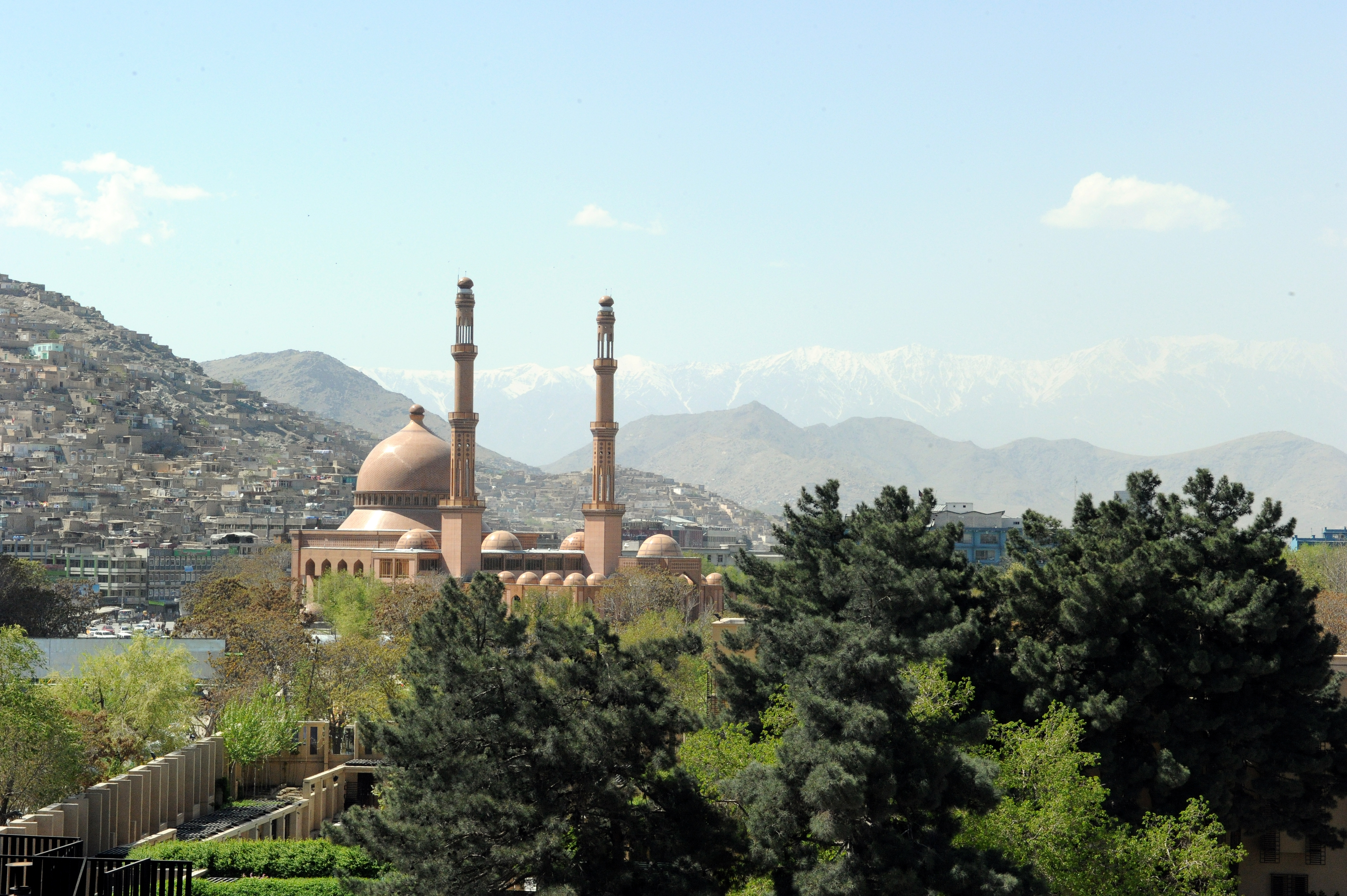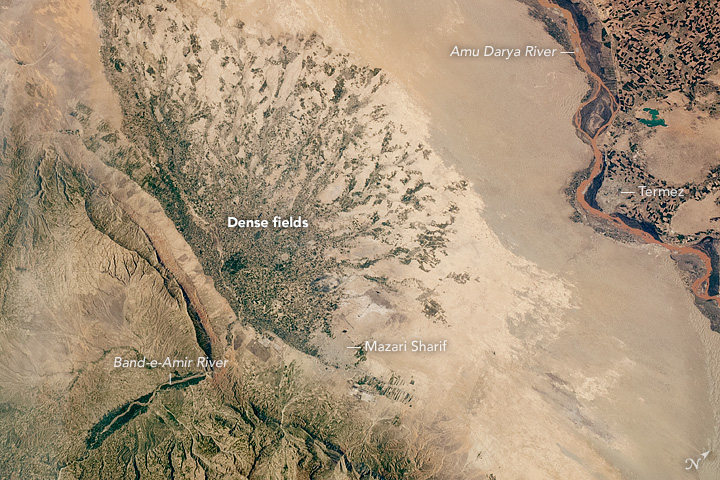|
List Of Mosques In Afghanistan ...
The following is an incomplete list of large mosques in Afghanistan: See also *Islam in Afghanistan *Lists of mosques References {{Mosques in Afghanistan Afghanistan Mosques A mosque (; from ar, مَسْجِد, masjid, ; literally "place of ritual prostration"), also called masjid, is a place of prayer for Muslims. Mosques are usually covered buildings, but can be any place where prayers ( sujud) are performed, i ... [...More Info...] [...Related Items...] OR: [Wikipedia] [Google] [Baidu] |
Abdul Rahman Mosque
The Abdul Rahman Mosque ( ps, د عبدالرحمان جومات; Dari: مسجد عبدالرحمان), also known as the Grand Mosque of Kabul, is one of the largest mosques in Afghanistan. It is located in one of Kabul's central commercial areas called Deh Afghanan, near the Pashtunistan Square, Zarnegar Park, and across the once popular ''Plaza Hotel''. The building is three stories high, built on of land. One floor of the building is dedicated to women only. The mosque is named after an influential Afghan businessman named Hajji Abdul Rahman who has died but his sons continued the project. Construction of the mosque began in 2001 by Hajji Abdur Rahman but was delayed for several years due to red tape. The mosque has the capacity to serve 10,000 people at a time. There is also a madrasa inside the mosque and a library containing 150,000 books. The major work on the mosque was completed in late 2009 but the official inauguration took place in July 2012 which was attended ... [...More Info...] [...Related Items...] OR: [Wikipedia] [Google] [Baidu] |
Great Mosque Of Herat
The Great Mosque of Herat ( Pashto: د هرات لوی جومات ; prs, مسجد جامع هرات, translit=Masjid-i Jāmi‘-i Herāt) or "Jami Masjid of Herat", is a mosque in the city of Herat, in the Herat Province of north-western Afghanistan. It was built by the Ghurids, under the rule of Sultan Ghiyath al-Din Muhammad Ghori, who laid its foundation in 1200 CE. Later, it was extended several times as Herat changed rulers down the centuries from the Kartids, Timurids, Mughals and then the Uzbeks, all of whom supported the mosque. The fundamental structure of the mosque from the Ghurid period has been preserved, but parts have been added and modified. The Friday mosque in Herat was given its present appearance during the 20th century. Apart from numerous small neighborhood mosques for daily prayer, most communities in the Islamic world have a larger mosque, a congregational mosque for Friday services with a sermon. The Jami Masjid of Herat was not always the la ... [...More Info...] [...Related Items...] OR: [Wikipedia] [Google] [Baidu] |
Lashkargah Mosque
Lashkargah Mosque ( ps, د لښکرګاه جومات) is a mosque in the city of Lashkargah, in Helmand province of south-western Afghanistan. See also * List of mosques in Afghanistan The following is an incomplete list of large mosques in Afghanistan: See also *Islam in Afghanistan *Lists of mosques References {{Mosques in Afghanistan Afghanistan Mosques A mosque (; from ar, مَسْجِد, masjid, ; liter ... Buildings and structures in Helmand Province Mosques in Afghanistan {{Afghanistan-mosque-stub ... [...More Info...] [...Related Items...] OR: [Wikipedia] [Google] [Baidu] |
Jalalabad
Jalalabad (; Dari/ ps, جلالآباد, ) is the fifth-largest city of Afghanistan. It has a population of about 356,274, and serves as the capital of Nangarhar Province in the eastern part of the country, about from the capital Kabul. Jalalabad is located at the junction of the Kabul River and the Kunar River in a plateau to the south of the Hindu Kush mountains. It is linked by the Kabul-Jalalabad Road to the west and Peshawar in Khyber Pakhtunkhwa, Pakistan, to the east through Torkham and the Khyber Pass. Jalalabad is a leading center of social and trade activity because of its proximity with the Torkham border checkpoint and border crossing, away. Major industries include papermaking, as well as agricultural products including oranges, lemon, rice, and sugarcane, helped by its warm climate. It hosts Afghanistan's second largest educational institute, Nangarhar University. For centuries the city has been favored by Afghan kings and it is a cultural significan ... [...More Info...] [...Related Items...] OR: [Wikipedia] [Google] [Baidu] |
Jalalabad Minarets
Jalalabad (; Dari/ ps, جلالآباد, ) is the fifth-largest city of Afghanistan. It has a population of about 356,274, and serves as the capital of Nangarhar Province in the eastern part of the country, about from the capital Kabul. Jalalabad is located at the junction of the Kabul River and the Kunar River in a plateau to the south of the Hindu Kush mountains. It is linked by the Kabul-Jalalabad Road to the west and Peshawar in Khyber Pakhtunkhwa, Pakistan, to the east through Torkham and the Khyber Pass. Jalalabad is a leading center of social and trade activity because of its proximity with the Torkham border checkpoint and border crossing, away. Major industries include papermaking, as well as agricultural products including oranges, lemon, rice, and sugarcane, helped by its warm climate. It hosts Afghanistan's second largest educational institute, Nangarhar University. For centuries the city has been favored by Afghan kings and it is a cultural significance in Afg ... [...More Info...] [...Related Items...] OR: [Wikipedia] [Google] [Baidu] |
Sakhi Shrine
Sakhi Shah-e Mardan Shrine or Ziyarat-e Sakhi (Pashto/ prs, زیارت سخی), is a shrine and mosque located in the Karte Sakhi area of Kabul, Afghanistan. It is associated with the place to which the cloak of the Islamic prophet Muhammad was brought and with a visit from Ali, the son-in-law and cousin of Muhammad, after prophet Muhammad who would become the first Caliph and first of the Twelve Imams. The shrine is located at the foot of the Asamayi Hill, now better known as Television Hill. To its north and west is the Sakhi Cemetery. Design The shrine is decorated with glazed tiles in a neo-Safavid Persian style. The building bears many inscriptions, including dedicatory texts, Qurʾanic excerpts, prayers, Hadith, and poetry. History and legend It is believed that the shrine marks the spot where the cloak of Muhammad was kept on its way to its present location in the Shrine of the Cloak in Kandahar. The cloak is said to have been woven by Muhammad himself with the help of ... [...More Info...] [...Related Items...] OR: [Wikipedia] [Google] [Baidu] |
Mazar-i-Sharif
, official_name = , settlement_type = City , image_skyline = , pushpin_map = Afghanistan#Bactria#West Asia , pushpin_label = Mazar-i-Sharif , pushpin_label_position = bottom , pushpin_mapsize = , pushpin_relief = yes , pushpin_map_caption = Location in Afghanistan , coordinates = , subdivision_type = Country , subdivision_name = Afghanistan , subdivision_type1 = Province , subdivision_type2 = District , subdivision_name1 = Balkh Province , subdivision_name2 = Mazar-i-Sharif District , established_title = , established_date = , leader_title = Mayor , leader_name = Abdullhaq Khurami , area_total_km2 = , area_land_km2 ... [...More Info...] [...Related Items...] OR: [Wikipedia] [Google] [Baidu] |
Balkh Province
Balkh ( Dari: , ''Balx'') is one of the 34 provinces of Afghanistan, located in the north of the country. It is divided into 15 districts and has a population of about 1,509,183, which is multi-ethnic and mostly a Persian-speaking society. The city of Mazar-i-Sharif serves as the capital of the province. The Mazar-e Sharif International Airport and Camp Marmal sit on the eastern edge of Mazar-i-Sharif. Balkh, also called VazīrābādThename of the province is derived from the ancient city of Balkh, near the modern town. The city of Mazar-e-Sharif has been an important stop on the trade routes from the Far East to the Middle East, the Mediterranean and Europe. Home to the famous blue mosque, it was once destroyed by Genghis Khan but later rebuilt by Timur. The city of Balkh and the area of Balkh Province were considered a part of various historical regions in history including Ariana and Greater Khorasan. The province serves today as Afghanistan's second but main gateway ... [...More Info...] [...Related Items...] OR: [Wikipedia] [Google] [Baidu] |
Shrine Of Ali
The Hazrat Ali Mazar ( ar, حضرت علی مزار), located in Mazar-i-Sharif, Afghanistan, is a mosque which Sunni Muslims believe contains the tomb of Ali ibn Abi Talib. Sunnis regard Ali as their Fourth Rightly Guided Caliph and they pay tribute to Ali's shrine every year. The site is also where many pilgrims annually celebrate Nowruz. At the annual Jahenda Bala ceremony, a holy flag is raised in honour of Hazrat Ali. People touch the flag for luck in the New Year. History When Hazrat Ali was martyred, Afghans believed that his body was taken and buried in the Afghan city of Mazar-e-Sharif at this site. Ali was reportedly brought here by a white camel in order to save his remains from the desecration by his enemies. However, Shia Muslims believe that Hazrat Ali is buried in the Imam Ali Mosque at Najaf in Iraq. Alternatively, the personage buried in the shrine may have predated Islam. Identifying the shrine with Hazrat Ali could likely be a myth to ensure the tomb wo ... [...More Info...] [...Related Items...] OR: [Wikipedia] [Google] [Baidu] |
Fire Temple
A fire temple, Agiary, Atashkadeh ( fa, آتشکده), Atashgah () or Dar-e Mehr () is the place of worship for the followers of Zoroastrianism, the ancient religion of Iran (Persia). In the Zoroastrian religion, fire (see ''atar''), together with clean water (see ''aban''), are agents of ritual purity. Clean, white "ash for the purification ceremonies sregarded as the basis of ritual life", which "are essentially the rites proper to the tending of a domestic fire, for the temple ireis that of the hearth fire raised to a new solemnity". For, one "who sacrifices unto fire with fuel in his hand ..., is given happiness". , there were 167 fire temples in the world, of which 45 were in Mumbai, 105 in the rest of India, and 17 in other countries. Of these only 9 (1 in Iran and 8 in India) are the main temples known as '' atash behrams'' and the remaining are the smaller temples known as ''agiarys''. History and development Concept First evident in the 9th century BCE, the Zoroastr ... [...More Info...] [...Related Items...] OR: [Wikipedia] [Google] [Baidu] |







%2C_governor%2C_c._mid_3rd_century_BC.jpg)